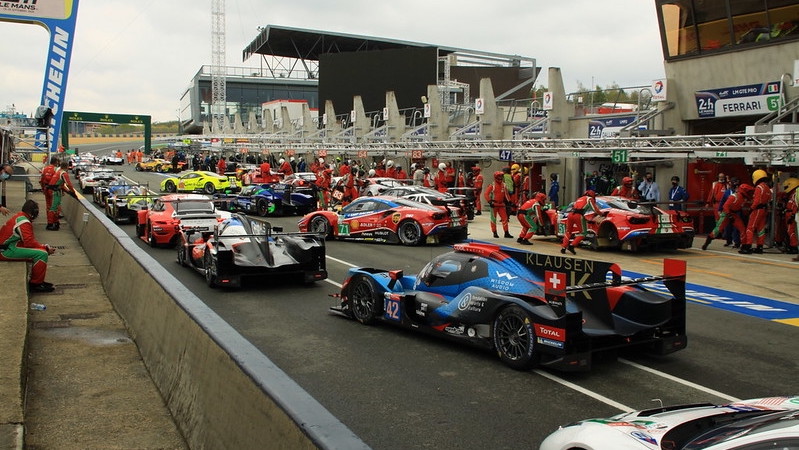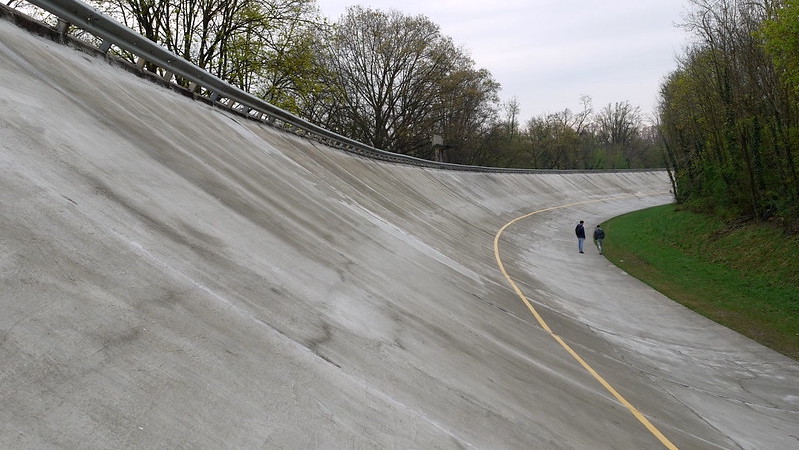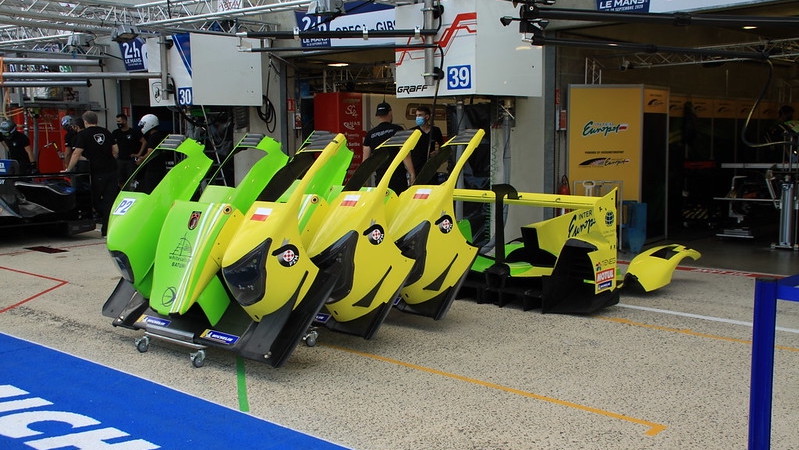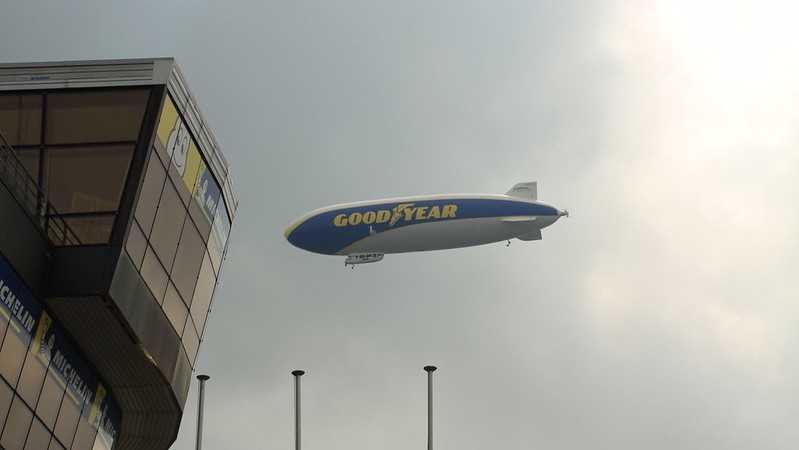
Regulation changes are somewhat of an annual tradition in motorsport. What’s on the horizon for the WEC in 2021? Read on for an overview of the key changes.
LMH – The new pinnacle of prototype racing
2021 heralds the start of a new era in the FIA WEC. LMP1, the top class since the championships first season in 2012, has been replaced with the LMH category. LMH stands for Le Mans Hypercar and is also referred to as simply “hypercar”.
The new class is the result of the introduction of new regulations to the FIA WEC, which were initially announced back in 2018. Manufacturers can build prototype-based or road-based hypercars and enter them in the WEC, on the condition that a certain number of cars on which the hypercar is based are manufactured for the road per year.
Manufacturers are free to join up with other partners to produce their hypercar. In the case of Scuderia Cameron Glickenhaus, support comes in the shape of Joest Racing and Sauber. From 2022, the LMH class will also be open to cars built according to the LMDh category originating in the USA. LMDh stands for Le Mans Daytona hybrid and is the continuation of the IMSA series’ successful DPi concept. Further information on this class is available here.
Personnel numbers limited
For the first time the WEC has implemented a cap on how many people are permitted to work on cars in the top class. This is an effort to contain spending, something that ultimately put paid to the LMP1 class.
From WEC season 9, only a total of 40 staff members are permitted to work on and develop LMH cars. Hypercars with ERS (energy recovery systems) are allowed a further three members of staff, taking into account the added complexity and requirement for additional expertise. All personnel who do not actively work on the car, such as drivers but also catering, medical and marketing staff, are not included in the cap. A full rundown of the regulations can be found in our regulations section.

WEC debuts at two new circuits
The coronavirus pandemic has resulted in some major changes to the WEC calendar in 2021. The number of races in season 9 has been reduced to six to save costs and enable greater flexibility against the backdrop of the pandemic.
Uncertainty surrounding the UK as a result of Brexit saw the post-Le Mans round moved to Monza. In addition, travel restrictions between Europe and the US caused race organisers to call of the opening round of the 2021 season, the 1000 Miles of Sebring. It has been replaced by the 8 Hours of Portimão, with the Portuguese circuit also hosting the pre-season test.
New names on the entry list
There are also some changes in the entry list for the 2021 season. These include the welcome addition of Glickenhaus Racing with its two hypercars, but also Richard Mille Racing Team, Team WRT, Inter Europol Competition, ARC Bratislava and Realteam Racing in LMP2.

There is growth too in the LMGTE Am category. Japanese stalwarts D’Station Racing will be entering their Aston Martin Vantage AMR, while Iron Lynx and Cetilar Racing add to the ranks of Ferrari 488 GTE EVOs in the class. The full-season entry list with all 33 cars and nominated drivers is available here.
New championships up for grabs
The change in the top class of the WEC means a new name for the manufacturers’ and drivers’ titles. The championship winners come the end of the season will be known as the Hypercar World Champions.
Another addition to the prizes on offer in the WEC is the LMP2 Pro/Am championships. This is a sub-class in the LMP2 category open to all LMP2 teams who run at least one bronze-rated driver as part of their three-driver line-up.
Changes to tyre suppliers
Michelin will be the exclusive tyre partner for the LMH class. Goodyear, which initially supplied some LMP2 teams in 2020, will exclusively provide tyres for the LMP2 category this year. In the two LMGTE classes, the teams can choose between Michelin and Goodyear.

BoP (all-but) standardised
The WEC has been experimenting with an AI-based balance of performance (BoP) system for a number of years now. The BoP algorithm is constantly fed with data and, in return, provides a framework to establish a level playing field between the cars in each class.
From 2021, the system is set to be deployed in both the LMH and LMGTE Pro categories – with changes implemented on a race-by-race basis. The system will not be used at Le Mans and also does not apply to LMP2 and LMGTE Am cars.
In LMP2, components are standardised and cars run with a spec engine. In GTE Am, success ballast will be applied to equalise performance throughout the class.
A new qualifying format
One change that has yet to be confirmed concerns the qualifying format. At the 2020 24 Hours of Le Mans, the WEC experimented with a Hyperpole concept. This limited the number of cars on track, giving drivers the best possible opportunity to go for the fastest times.
Rumours have been doing the rounds that the WEC will adopt a similar system for the new season, but so far the regulations do not contain the necessary details. With still a couple of months to go before the start of the season, there is plenty of time for the concept to be refined and added to the regulations.
